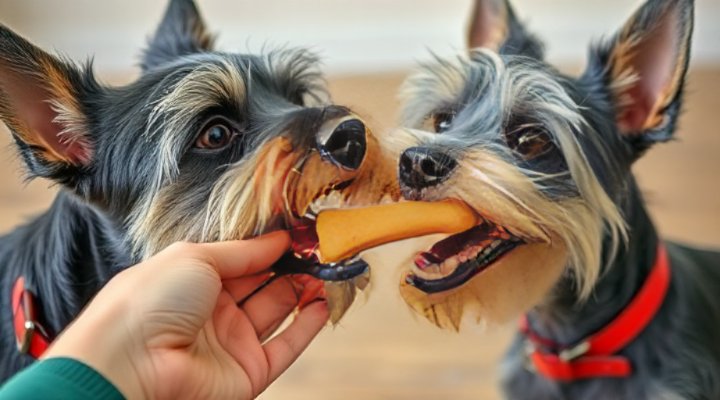Embarking on dog training for beginners can feel like navigating uncharted territory, but fear not! With the right approach, you’ll be amazed at how quickly your canine companion learns. Above all, remember that patience and consistency are your best friends in this journey.

Getting Started with Basic Commands
Firstly, focus on mastering these fundamental commands that form the foundation of beginner dog training:
- Sit: The cornerstone of obedience training
- Stay: Essential for safety and control
- Come: Potentially life-saving recall command
- Leave it: Prevents grabbing dangerous items
- Heel: Makes walks enjoyable for both of you
For instance, when teaching ‘sit’, hold a treat near your dog’s nose, then slowly move it upward. As their head follows the treat, their bottom will naturally lower. Immediately say “sit”, give the treat, and shower them with praise. Repeat this 5-10 times per session, and you’ll see progress quickly!

The Power of Positive Reinforcement
Modern dog training emphasizes positive reinforcement – rewarding desired behaviors rather than punishing mistakes. According to the American Veterinary Society of Animal Behavior, this method creates stronger bonds and better long-term results.
Meanwhile, keep these tips in mind:
- Use high-value treats initially (small pieces of chicken or cheese work wonders)
- Time your rewards perfectly – within 1-2 seconds of the desired behavior
- Gradually phase out food rewards as behaviors become consistent
- Combine treats with verbal praise and petting
As a personal anecdote, my rescue dog Charlie responded remarkably to tiny pieces of hot dog during his rescue dog training. Within weeks, he transformed from anxious to confident!

Creating a Training Routine That Works
Consistency is crucial in dog training for beginners. Here’s a sample schedule:
| Time | Activity | Duration |
|---|---|---|
| Morning | Short session (5-10 commands) | 5 minutes |
| Afternoon | Leash practice during walk | 10-15 minutes |
| Evening | Fun trick training | 5 minutes |
Furthermore, integrate training into daily activities. Ask for a ‘sit’ before meals, or practice ‘stay’ when answering the door. These real-life applications reinforce learning effectively.
Troubleshooting Common Beginner Challenges
Every new trainer encounters hurdles. Here are solutions to frequent issues:
- Distractions: Start in a quiet room, gradually increase difficulty
- Inconsistent responses: Ensure all family members use the same commands
- Slow progress: Break skills into smaller steps
- Frustration: Keep sessions short and end on a positive note
Remember, as highlighted in our scientific training methods article, dogs learn at different paces. Celebrate small victories!

Essential Equipment for Beginner Trainers
While you don’t need fancy gadgets, these basics will help:
- 6-foot leash (avoid retractable leashes for training)
- Properly fitted collar or harness
- Treat pouch for quick access
- Clicker (optional but effective for marking behaviors)
- Patience and sense of humor!
The American Kennel Club offers excellent resources for selecting quality training tools appropriate for your dog’s size and breed.
When to Seek Professional Help
While most beginner dog training can be done at home, consider professional guidance if:
- Your dog shows aggression or extreme fear
- You’re not seeing progress after consistent effort
- You need help with specific challenges like leash reactivity
Our guide on finding quality trainers can help you locate reputable professionals in your area.

Building a Lifetime Bond Through Training
Ultimately, dog training for beginners isn’t just about obedience – it’s about communication. Each session strengthens your connection with your canine companion. As you progress, you’ll discover your dog’s unique personality and capabilities.
Most importantly, have fun! Training should be enjoyable for both of you. Celebrate progress, laugh at the silly moments, and cherish this special time of learning together.
Related Keywords: puppy training basics, how to train a dog at home, easy dog training methods, first-time dog owner training, positive reinforcement dog training

